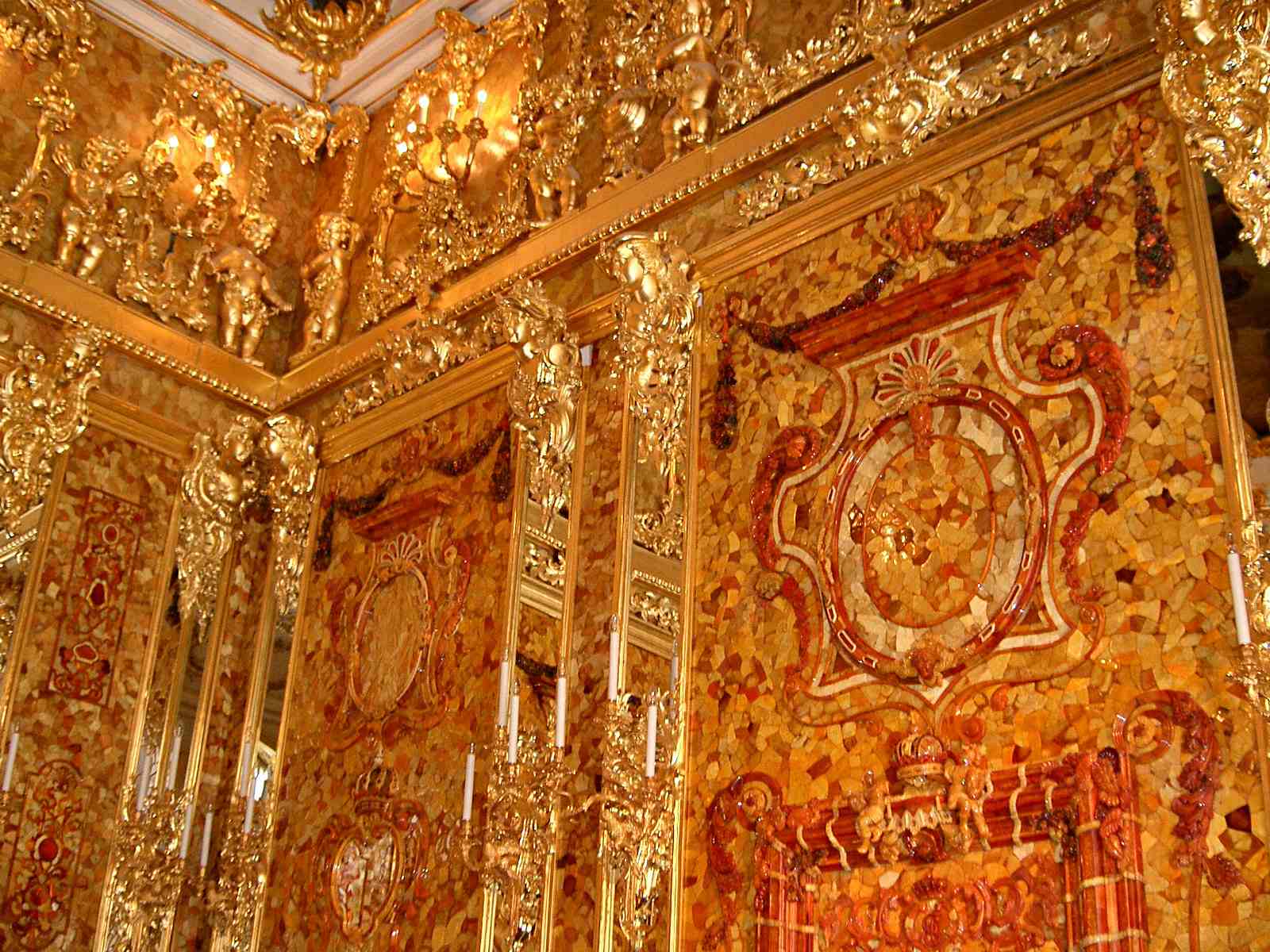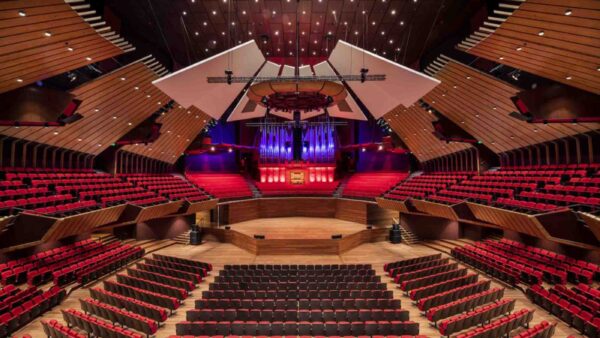The search for the world famous Amber Room, a Russian treasure looted by the Wehrmacht during the Second World War, has led to one of the more unusual groundworks projects in recent times: an attempt to drill into suspected underground bunkers on the Baltic coast of Poland.
The project revives a decades-long search for a masterpiece of 18th Century design and craftsmanship stolen from Russia during the siege of Leningrad.
The bunkers being targetted are located about 100km west of Russia’s Kaliningrad enclave (formerly the East Prussian region of Königsberg) where the room was taken after being looted from the Catherine Palace near St Petersburg (formerly Leningrad) in 1941.
Â

A Russian recreation of the original, in St Petersberg (Jeanyfan/Wikimedia Commons)

A German bunker in the village of Mamerki (Polska na Weekend)
An investigation using earth-penetrating radar has shown that there are large hollow spaces in an underground bunker near the village of Mamerki in northeastern Poland, which investigators believe may be a wartime bunker built to stolen art treasures after the tide turned against Germany on the Eastern Front.
The German army built about 30 large bunkers in the area, all of which are intact, and some of which have walls 7m thick (pictured).
The suspicion that one of them may house the Amber Room was first aroused in the 1950s when a witness came forward to claim that Germans soldiers had unloaded art treasures in the village in 1945. Engineers then searched the vast bunker complex, without success.
The renewed effort to find the room, which has been described as the “eighth wonder of the world”, is being led by the Mamerki Museum. So far, two exploratory wells have been dug. However, Bartlomiej Plebanczyk, the head of the museum, told Russian news agency TASS this week that the attempt had not succeeded.
A more accurate – and expensive – seismic exploration is now being planned for the autumn.
The Amber Room was constructed by Prussian craftsmen on the orders of King Frederick Wilhelm I and presented as a gift to Peter the Great. The room was brought to St. Petersburg in 1717 and was fitted into the Catherine Palace, where gilded carvings, mirrors and mosaic panels made of agate and jasper were added.
In its final form, the room contained more than 100,000 intricately carved pieces of amber. Then, 200 years later, it was stolen by Army Group North during the siege of Leningrad and brought to Königsberg castle.
The fate of the Amber Room has absorbed art historian and treasure hunters since it was disappeared from the castle in 1945.
A Soviet team tasked with finding the room in the aftermath of the war concluded that it had been destroyed during the storming of the city in April, however it has been searched for in many locations since, including a nearby lagoon, a silver mine, a submarine and the Ruhr town of Wuppertal.
A video on the hunt for the Amber Room can be seen below.
Top photograph: A hand-coloured photo of the original amber room, taken in 1931 (Branson DeCou/Wikimedia Commons)






